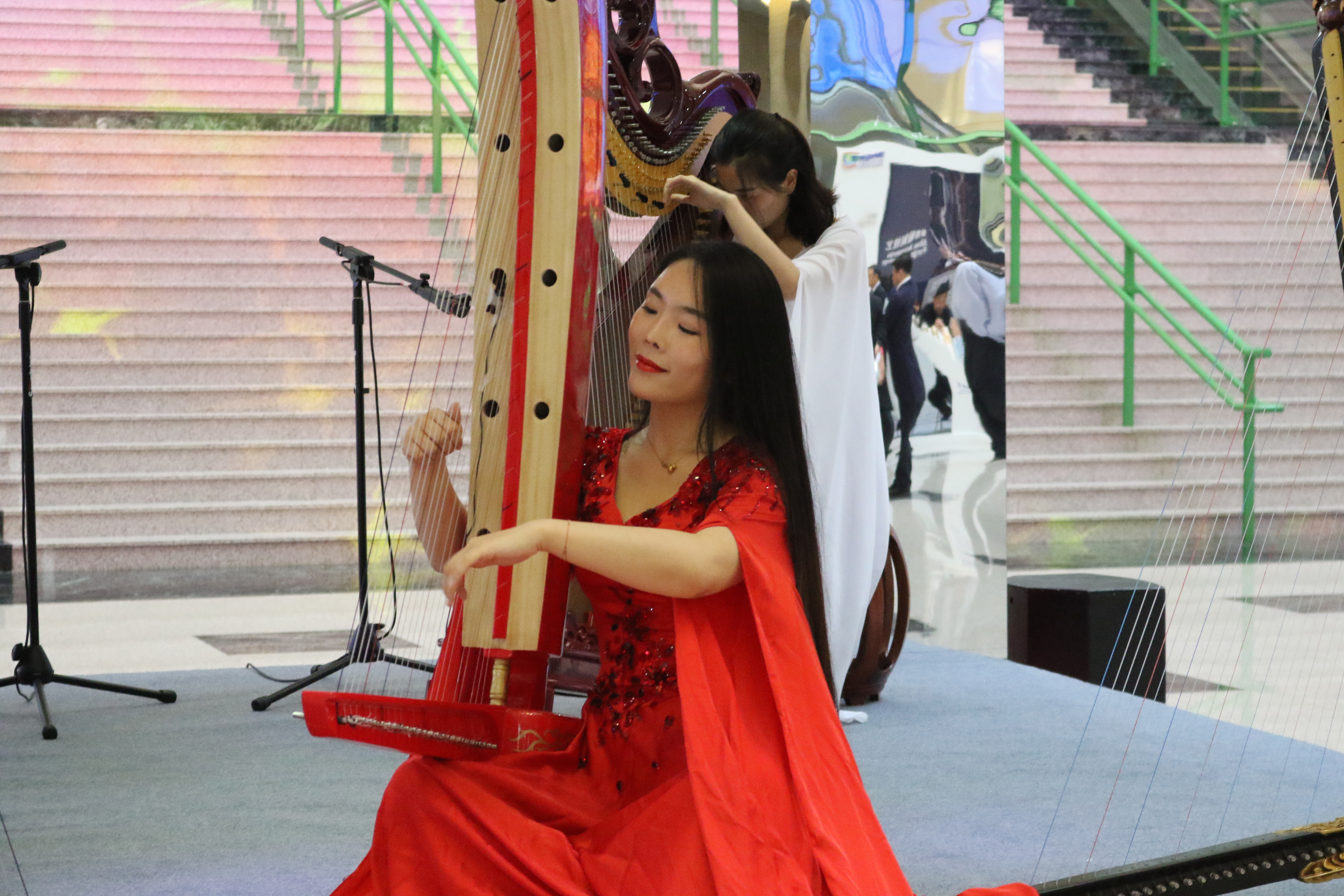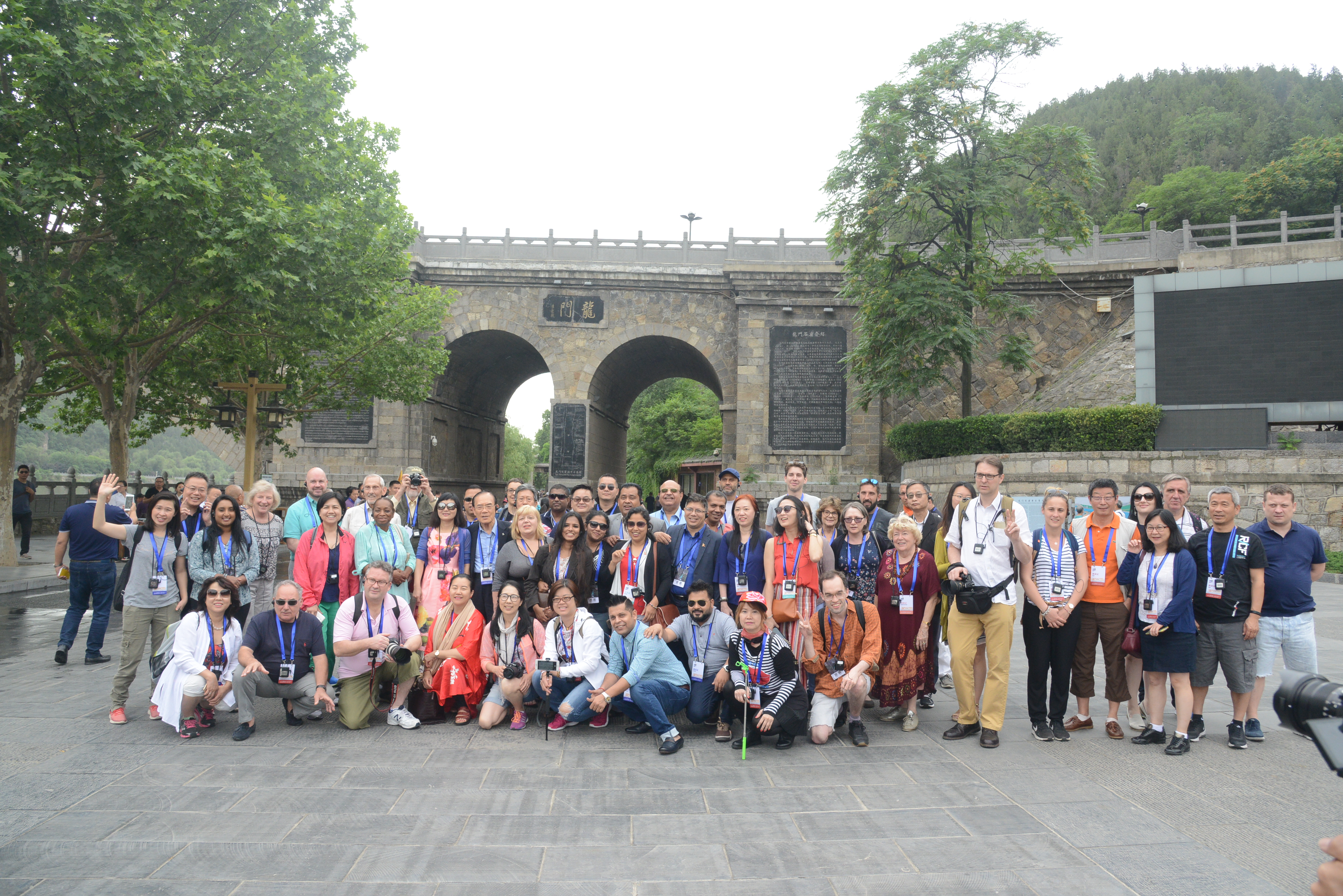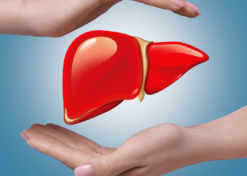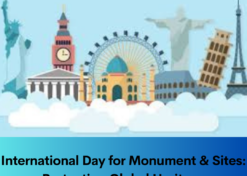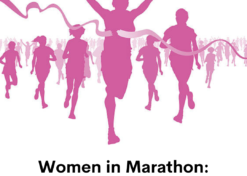International Mayors’ Forum on Tourism 2018
The 2018 International Mayors’ Forum on Tourism was organised in Zhengzhou in China by the Ministry of Tourism of the People’s Republic of China in May. Mayors, experts and tourism professionals from about 30 countries gathered for the meet.
The first thing we notice as we set foot in Zhengzhou, after a brief stop-over in Guangzhou during our flight from New Delhi, is how high tech everything is. Large LED screens welcome us and all airport procedure processes, from check in to immigration and security checks, use new technologies to scan, register and verify our identities etc. There is no paper, far fewer humans and several robots and intelligent machines doing the work here.
So, modern and huge are our first two impressions of China. As we take the road towards our hotel, everything around seems big, from the roads to the buildings. A sign that the city has built its infrastructure anticipating the growth in population. ‘‘Zhengzhou is amongst the fastest growing cities of China. In just 10 years, it has transformed into a hub for industries notably in the manufacturing, internet, IT and new energy sectors,’’ explains Caroline, our guide for the one week trip to Henan.
A delegation of four tourism professionals from India was invited by the Chinese National Tourism Office (CNTO). ‘‘IMFT is held every two years and it is a platform for high level dialogue for international tourism and world tourist cities. The objectives of the conference are not only to exchange best practices but also to understand the role tourism can play in pushing sustainable urban development. India is, of course, an integral part of the discussions here and we have mayors from some Indian cities like Nagpur and Shimla present at this event,’’ says Mr Tian Xin, director of CNTO in India.
Tunes of a soft melody waft to us as we enter the main convention hall for the inaugural evening, we hear a soft melody. It’s a harp, and it is being played by a beautiful Chinese woman, dressed in traditional attire. Pressing the cords softly, she smiles at us. Her magical grace takes us immediately into the Chinese culture. Other local artists have also joined us to showcase the art, crafts, produce and traditions of the region, such as clay pottery, puppet making and tea making. The opening ceremony presented a unique representation of Kung Fu martial art as well as local dancers and singers including students that depicted the origins of China.
In collaboration with UNWTO, the global tourism organisation, the conference unveiled a report entitled The 21st Century Maritime Silk Road: Tourism opportunities and Impacts. The study examines the possible implications of the 21st century maritime Silk Road and its heritage to thematic tourism. The heritage sites that form part of the maritime routes include those in China, India, Indonesia and Sri Lanka. China aims to lead the project and develop new tourism products and destinations in collaboration with these countries.
Discovering Henan
After the discussions at the conference, the hosts invited the mayors and tourism professionals to visit the unexplored province of Henan. Indeed the region is amongst the least visited by tourists coming to China, even though it is home to numerous heritage sites and is often referred to as the place ‘where China began’.
‘‘This fifth edition of IMFT has been held in Henan, a region that has a rich cultural tourism resources and is developing towards the global tourism. During your stay in China, you will feel the history and culture of Henan and the diligence and wisdom of the Henan people,’’ said Li Jinzao, Vice Minister of Culture & Tourism of the People’s Republic of China, while addressing the gathering at the opening ceremony.
The IMFT delegates were taken on a unique tour to the most important places in Henan including Luoyang (Longmen Grottoes), Dengfeng (Shaolin Temple, where Kung-Fu was born), Jiaozuo (for Tai Chi practice), Yuntai Mountains, Puyang (for acrobatic performances) and Kaifeng (historical sites). It was the beginning of summer in Zhengzhou but not too hot yet.
‘‘We were lucky to visit so many cities and notably attend beautiful performances of Kung Fu like the Shaolin Zen Music Ceremony, Tai Chi at the Wen County, Jiaozuo academy and Gymnastic with a unique Water Show in Puyang. I am highly impressed by the talent of the people of Henan. No wonder China always excels at the Olympics!’’ exclaimed Varun Walia, Team Leader Outbound Holidays at Yatra.com.
This offbeat region full of heritage and unspoiled nature has definitely conquered the Indian travel and tourism professionals who had never visited before and even found some Indian connection.
‘‘For me, as an Indian, it was particularly interesting to visit the Shaolin Temple where I learned that the founding monk was an Indian born in Kanchipuram, Bodhidharma, who came in the 5th century to teach Buddhism in the area,’’ said Prayesh Bandhuvar, Head of Outbound Department at Trance Holidays, a tour operator based in New Delhi.
‘‘Our visit to the Longmen Grottoes and the Yuntai National Park were a learning curve as they are heritage sites and offer an unparalleled experience. We are sharing our experiences with our clients and look forward to many more Indian tourist visiting Henan,’’ said Anil Kalsi, owner of Ambe World Travels.
Indian tourists in China
As the world’s largest source of outbound tourists, Chinese tourists made 130.5 million overseas trips in 2017, up 7% on the previous year.
‘‘About 750,000 Indians visited China last year for tourism or business purposes whereas only 250,000 Chinese came to India. The outbound tourism from India to China is increasing. Indians usually go to Beijing, Shanghai, Xian and Guangzhou, but Henan and its unique history can be of interest for Indians, we need to explore the routes and the options accordingly,’’ added Bandhuvar.
One important factor in the growth of Indian tourism to Henan will be the availability of Indian food or vegetarian food. ‘‘We had some options for vegetarians in the Chinese cuisine, but we need more variety and at some point Indians do miss the spices! I am pretty sure that respective tourism organisations will take initiatives to overcome this in order to receive more Indian tourists,’’ noted Walia.
‘‘Mainland China has some more unexplored regions for Indian travellers, my personal favourites being Dali and Lijiang and we are recommending these to our clients as well for a complete China experience, beyond Beijing and Shanghai,’’ said Kalsi who already sends more than 300 tourists a year and sees the number increasing. ‘‘We could definitely send more, hopefully China will open the e-visa service to Indians as India gives to Chinese visitors,’’ he added.

